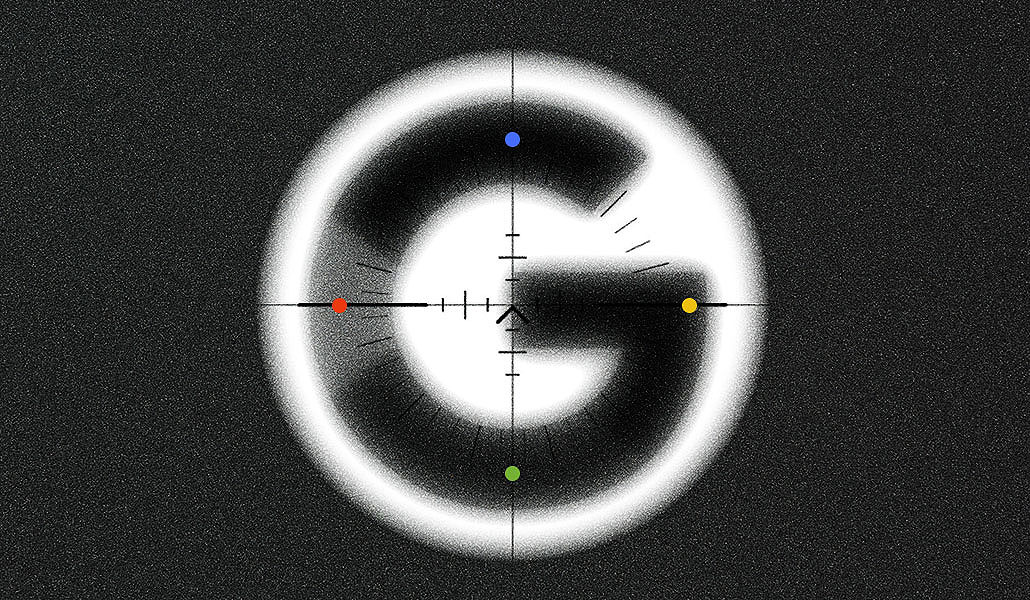Google Faces Antitrust Ruling: What Does It Mean for the Future of Ad Tech?

This Ad Tech Briefing covers the latest developments in advertising technology and platforms specifically for Digiday+ members, distributed via email every Friday at 10 a.m. ET. In this edition, we dive into a significant legal development that may reshape the landscape of digital advertising.
In a groundbreaking decision, Judge Leonie Brinkema has determined that Google has engaged in monopolistic practices for the second time in less than a year. This ruling has ignited questions across the advertising industry about the timeline for any impactful changes and the necessary measures to foster real competition in the market.
The ruling, delivered on April 17, addresses antitrust violations concerning Googles ad tech services, which have been under scrutiny in a prolonged legal battle led by the U.S. Department of Justice (DOJ). Judge Brinkema found that Google illegally monopolized two critical areas: the publisher ad server market and the ad exchange market. The court concluded that Google unlawfully tied these two services together, thus violating Sections 1 and 2 of the Sherman Act.
However, it is crucial to note that the court dismissed claims regarding Google's monopolization of the advertiser ad network market, citing the DOJ's failure to clearly define that market segment. This bifurcation leaves the broader implications of the case in a state of uncertainty.
With the court having established liability, the proceedings now transition into the remedies phase. The DOJ is anticipated to advocate for significant structural changes, particularly the divestiture of Googles sell-side ad tech stack, which includes tools like DoubleClick for Publishers (DFP) and AdX. Should the DOJ's requests be granted, it would represent one of the most impactful antitrust interventions in the history of modern technology, potentially transforming the entire digital advertising ecosystem.
Jason Kint, CEO of Digital Content Next, who has been closely monitoring the trial proceedings, emphasized the implications of the ruling. In a written statement, he remarked, This ruling underscores the global harm caused by Googles practices, which have deprived premium publishers worldwide of critical revenue, undermining their ability to sustain high-quality journalism and entertainment. His comments reflect the widespread concern that Googles dominance in the ad tech space stifles innovation and fairness.
In response to the mixed ruling, Google is preparing to file an appeal. The company argues that the decision misinterprets both factual circumstances and established Supreme Court precedents concerning antitrust law. Google's legal team contends that the ruling misinterprets longstanding legal principles, particularly regarding tying arrangements and monopoly maintenance. They welcomed the dismissal of the advertiser-side claims, arguing that it strengthens their grounds for appeal and undermines the case for drastic structural remedies like divestiture.
According to a statement from a Google representative, We won half of this case and we will appeal the other half. The Court found that our advertiser tools and our acquisitions, such as DoubleClick, dont harm competition. We disagree with the Courts decision regarding our publisher tools. Publishers have many options and they...
Alan Chapell, president of Chapell & Associates, noted that the ruling in Google's favor on the advertiser side was a clear weakness in the DOJs case. He explained that the difficulty in defining the advertiser ad network contributed significantly to the court's decision. I just thought the publisher side and ad exchange cases were really easy to debateso that ruling was not a big surprise, he stated.
With the DOJ losing the advertiser-side monopolization claim, Myles Younger, chief growth officer at U of Digital, believes this shift has actually strengthened the DOJs position, as it now focuses primarily on Google's sell-side control with DFP and AdX. Younger elaborated that limiting Googles ability to negotiate or trade parts of its tech stack could make structural remedies more likely. The DOJ seems to have made this 100% about sell-side ad tech and exchanges, which implies fewer opportunities for horse-trading, he remarked.
Looking ahead, many questions remain. Is a forced breakup the most effective and realistic remedy? Googles ad tech infrastructure is deeply embedded in the media buying process, and any divestiture could lead to significant disruptions. Chapell, also the author of The Monopoly Report, suggests there is about a 25% chance that Google, despite its protests and intentions to appeal both antitrust rulings, may ultimately seek a settlement, pointing to the parallel remedies trial in the search antitrust proceedings.
Scott Messer, principal and founder of Messer Media, highlighted that if Google were to pursue a settlement, it could result in substantial remedies that might force a spin-out of Google Ad Manager, which could hinder the performance of AdX. Messer stated, There is no way that a divested GAM can integrate with AdX in the same manner, and thus they have no option but to enable interoperability. He suggests that Google might choose to focus on the more pressing issue of protecting their search business amidst evolving challenges from AI technology.
Advertisers and publishers heavily rely on Google's comprehensive suite of tools, which raises concerns that any breakup could introduce instability. Paul Bannister, chief strategy officer at Raptive Media, emphasized that any remedies should prioritize the interests of publishers rather than merely benefiting ad tech companies. He proposed that the court could demand interoperability with third-party ad tech, ensuring that AdX demand remains accessible to platforms like Prebid. Bannister advocates for a comprehensive approach to ensure that Google does not consolidate all demand within its own ecosystem. He insists that any resolution must compel Google to continue sending traffic to the open web, stating, No more growth in zero-click searches. Traffic is the future war.
Sentiments across the industry are mixed. A survey conducted in September revealed that a majority of Digiday readers believe that a simple divestiture will not be sufficient to create meaningful change. Many stakeholders are advocating for behavioral remedies, such as compelling Google to genuinely support header bidding practices. Critics argue that while Google claims to foster open standards, its actions often undermine independent monetization efforts.
Moreover, there are increasing concerns that the DOJs approach may be outpaced by the rapidly evolving dynamics of the advertising industry. The swift ascent of AI-driven advertising tools, the emergence of retail media networks, and shifting data privacy laws are all reshaping competition in real-time. Some industry analysts speculate that Googles involvement in Scope3s agentic curation platform could be a strategic move to preemptively adjust its business model in response to impending regulatory changes.
Analysts at Arete Research have proposed alternative hybrid remedies, including certifying divested units as B-Corps or imposing interoperability standards, as potentially more effective options compared to a blunt divestiture. These solutions aim to create fairer market conditions without destabilizing the existing ecosystem.
As Judge Brinkemas ruling marks a pivotal moment in U.S. tech antitrust enforcement, it arrives in the context of a rapidly shifting, AI-dominated marketplace. If the remedies fail to adapt to current and future realities, this ruling may ultimately address yesterdays problems rather than tomorrows challenges. The overarching goal must be to enforce meaningful change while ensuring that any solutions remain relevant and sustainable within the fast-evolving ad tech landscape.
If you feel strongly about the issues discussed, we encourage you to reach outplease note that we are not accepting PR pitches at this time.



























